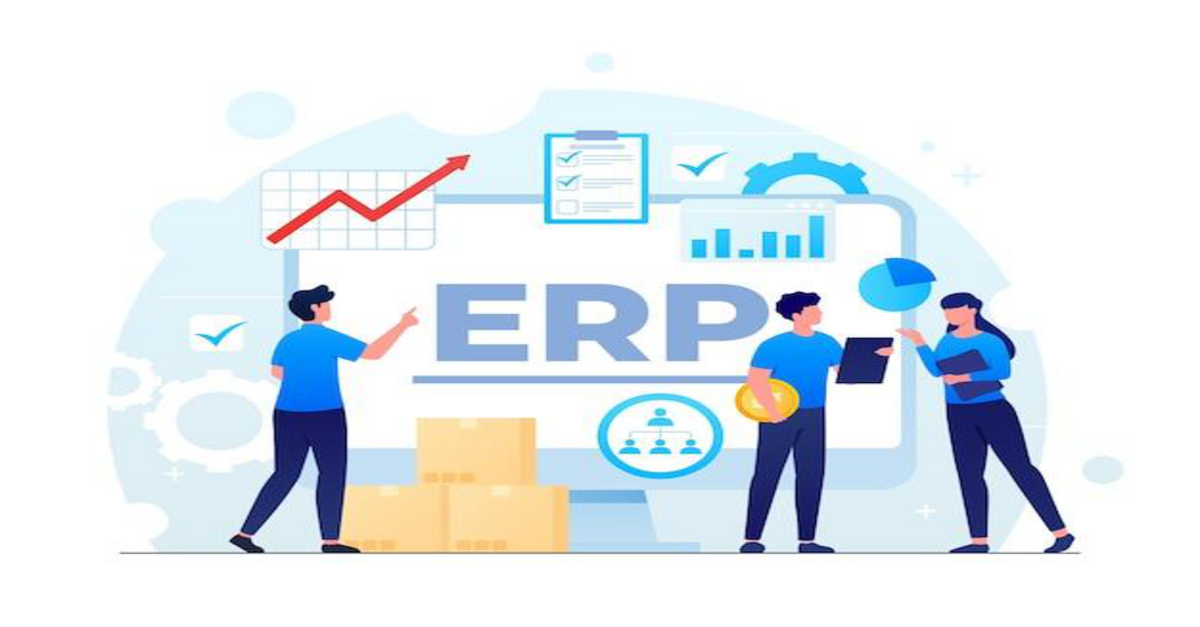Introduction:
The power of tracking your organization to measurable data
Restaurants have access to vast amounts of data from a multitude of channels. The key is homing in on the data that matters most and
turning it into actionable insights that will help you drive successful business outcomes.
The constantly evolving pandemic situation, increasing customer expectations, slimming margins, and stalling indoor dining re-openings, among other pressures, are causing restaurant finance leaders to look for smarter financial management techniques.
These techniques are about gleaning insights from vast amounts of ever-changing data and then enabling action. They provide the ability to set goals aligned with a greater objective—whether it’s customer satisfaction, employee retention, food quality, marketing impact, or others—and track progress towards them.
Tracking your business metrics on a day-to-day basis has never been more important. Having the right measurable data at your fingertips will enable you to chart a course forward.
Align KPIs and metrics with your goals
Managing performance with your strategic goals
The profitability and long-term success of your restaurant business depend on grasping financial and operational criteria and acting
decisively. And in today’s environment, selecting the appropriate strategic investments and having the ability to track their performance at various levels are vital to a speedy recovery.
While keeping a pulse on your business day-to-day by, for example, tracking cash flow, prime costs, and revenue can help inform your strategy, you may want to broaden your scope and look at other financial and non-financial data to show a rich picture of business performance. Besides tracking the KPIs that help you measure performance today, here are just a few ways KPIs can help you look long-term and strategize on focus areas:
• Investigate why certain store locations outperform others and analyze the root cause of problems at underperformers, so you can share the learnings across all locations.
• Experiment with various digital ordering methods to inform investment decisions regarding your restaurant’s digital ordering platform.
• Measure customer satisfaction and the impact of loyalty programs on long-term value. KPIs and metrics can span countless categories, not all of which are financial, but they can help you identify revenue, spend, cash flow, and others. Restaurants get their best results by measuring across multiple dimensions within a unified dashboard that presents both financial and statistical data. With a single source of truth, restaurants can continuously adapt and improve.
Critical metrics & your financial dashboards
As a finance leader, it’s your responsibility to use data to make informed and strategic decisions for your restaurant. Having a comprehensive understanding of your operational costs and profit margins is just the tip of the iceberg for what you need to manage effectively.
A modern cloud financial management solution provides easy-to-use and intuitive financial dashboards from almost any perspective, such as by brand, location, or entity. These dashboards provide real-time and immediate insight into financial data, empowering you with the information you need without spending weeks creating and juggling Excel reports.
Financial dashboards should give management a snapshot of what’s going on in your business, which in turn drives action to make changes—whether the information is showing something positive or highlighting issues. What sets dashboards apart from spreadsheets and static printed reports is the ability to interact with the data by drilling into multiple metrics, so you have a better understanding of what’s really happening.
Custom financial dashboard
• Balance sheet, overall and by location
• Income statement
• Budget versus plan
Restaurant dashboard
• Analysis across store locations
• Brand performance comparisons
• Year-over-year, month-over-month, or other analysis
Key metrics, both financial and operational
• Cost of goods sold
• Labor cost percentage
• Food cost percentage
• Current consolidated cash
• Gross profit
• Net income period-to-date
• Prime cost
• Revenue per employee
• Employee turnover
Your key metrics deliver value when they align with your big picture goals.
Start with a simple template that outlines what matters—your restaurants’ short- and long-term objectives—and the impact measures that effectively map to them. Set goals and strategies that help ensure that the impact of your activities support your overarching strategy.
These might include progress around growing daily restaurant sales, zeroing in on new revenue streams or channels, staffing at the right levels, etc., and then drilling down into the details to define the supporting tactics and activities.
However you establish and define your core metrics, keep sight of the overarching goals of your restaurant business.
Get the most out of your dashboard and KPIs
Go deep into your data with dimensions
It’s important to have a flexible financial reporting tool in your arsenal that makes it easy to understand and manage performance on both the universal financial metrics and the operational and performance metrics unique to your business.
As a best practice, ensure each transaction in the system can be tagged with business driver attributes, or “dimensions,” so teams can easily dig into the information they need in a way that makes sense. Tagging transactions with dimensions is a better way to see each transaction’s attributes—and be able to group, sort, filter, pivot, and report on them—with just a few clicks versus hardcoding individual accounts, which can quickly bloat charts of accounts and slow down analyses.
When you can slice and dice your financial data by the attributes that are relevant to you, you’re able to analyze performance drivers with precision.
Empower your teams and managers with intuitive dashboards
It’s invaluable for organizations to have the flexibility to look at the metrics that matter most in a way that’s easy to digest. You and others across your organization shouldn’t need data science or IT expertise to get the information needed. Equip your organization with intuitive report writers and dashboards that are built to be self-service.
Dashboards with point-and-click configuration should empower you to easily modify predefined dashboards or set up a new one from scratch within minutes. And, they should be so easy to use, individuals throughout your organization can get the information they need quickly.
Just as importantly, ensure you can set permissions or read-only access to ensure the right data is being accessed by the right people, keeping your sensitive information secure.
Make better decisions with real-time information
With multiple sources of data flowing through your organization, it’s important to ensure that maintaining visibility is not a drain on your team’s time. A flexible, open API in a modern financial management system allows real-time integrations with all data sources—whether they are legacy or third-party systems—to bring you a full picture of business performance. Synthesizing that data into a single source of truth gives you the information you need, when you need it, to make proactive decisions.
Find issues or opportunities early so you can act when it matters.
• Flag trends and spot exceptions in real time with powerful dashboard and report visualization, while the system keeps tabs on the historical and audit trail.
• Set conditional highlighting on dashboard reports to indicate areas of concern. For example, setting threshold values in the P&L will visually display anomalies in advance so you can take early corrective action.
• Establish smart rules for fraud detection and control. For example, set alerts that notify you to investigate in the system when the address of a vendor is changed.
Your blueprint to action
The right financial management software matters
It’s up to finance leaders to help their restaurants make smart strategic decisions, cost and time effectively.
As a true cloud financial management solution, Sage Intacct helps restaurant finance teams get the full picture without the manual work so they can make smarter, faster decisions. Sage Intacct financial reporting is intuitively built to empower individuals throughout the organization to quickly get the information they need—whether it’s drilling down into the details of a transaction or reporting on the performance of the organization as a whole. It enables you to lead your team and organization more strategically with real-time reporting and dashboards.
You can’t manage what you don’t measure
• Start by defining your restaurant’s goals and what is most important to your overall strategy.
• Review your principal business objectives and align the KPIs to those goals—being consistent when measuring progress will help you reach success. Balance your approach with measures that reflect the complete picture of your restaurant’s health and program impact. Measuring and reporting outcomes will require extra effort. But doing so brings immediate and long-term benefits across your business.
Want to learn more?
Source: Sage.com



